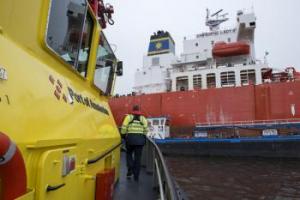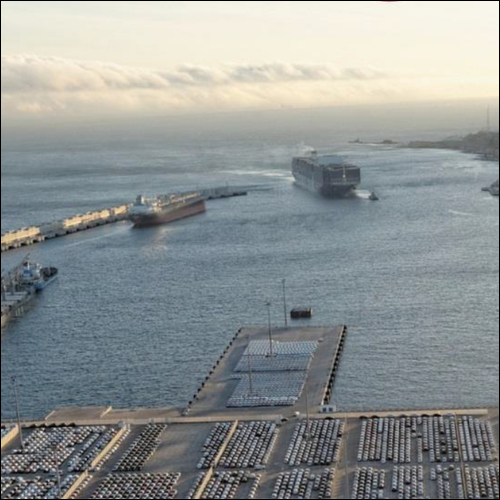Harbour Master
Harbour Masters
Worldwide there are approximately 3,000 merchant ports and the work of the Harbour Master can vary widely from country to country and from port to port even within the same country.


"Port Choice"
The 2017 seminar was a first in the history of our Committee, as it was held in the Moroccan port of Tanger Med. This was a consequence of the previous seminar in 2015, which was held in Marseille and where we reached out to our North African colleagues who are Harbour Masters, Port Captains and their deputies.
Tanger Med has built a leading hub port on the south shore of the Strait of Gibraltar. Beginning service in July 2007, the Tanger Med port is now operating amongst the world's leading ports.
The International Harbour Masters Association (IHMA) and the Port of Rotterdam Authority are pleased to announce the 15th International Harbour Masters Association Congress, to be held from 09–12 June 2026 at Theater Zuidplein in Rotterdam.
Naresh Sewnath, Senior Harbour Master at Transnet National Ports Authority (TNPA) in South Africa’s Port of Durban, began his maritime career back in 1988. He started out as a cadet with TNPA (then known as South African Transport Services (SATS).
Pharetra lectus vitae elit sollicitudin, ut commodo tellus dapibus. Sed pellentesque quis enim faucibus laoreet. Aliquam eleifend sagittis augue, pellentesque purus.
Join the world’s premier professional body for harbour masters and receive up-to-date information on the industry and access to the members' area of the website.